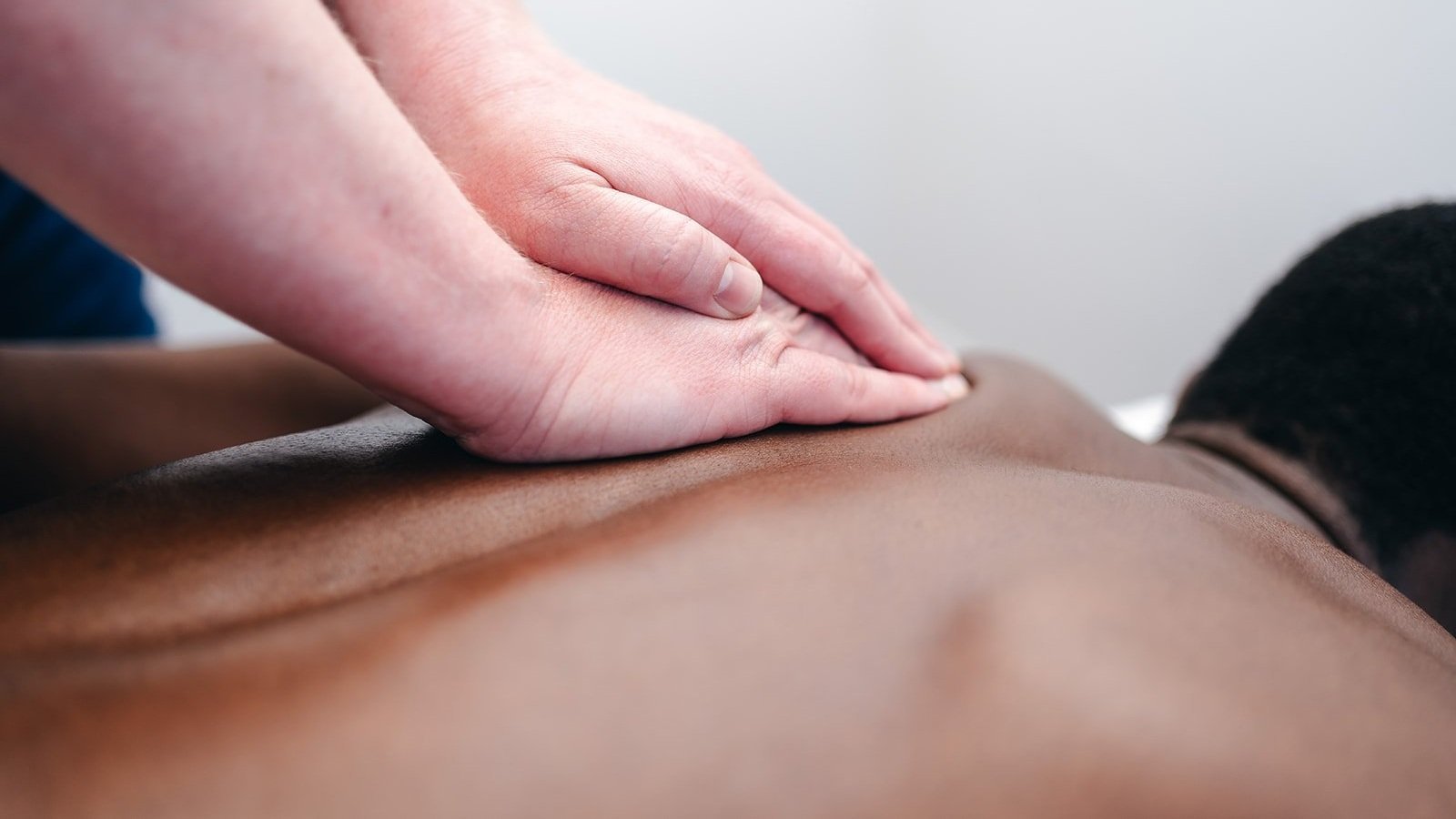Back Spasms: A Physiotherapist's Guide to Relief
Back Spasms are an unfortunate thing that many people experience. You are simply going about your daily routine when, out of the blue, you're confronted with an abrupt sensation of tightness and discomfort in your back. What causes this unexpected pain? More importantly, how can you find relief from it when it does happen? Let's delve into the perplexing world of back spasms:
What Causes a Back Spasm?
A variety of factors can trigger back spasms most of which are related to how the tissues in the low back are being used. These include:
Muscle Strain:
Muscle strains can happen in a variety of ways. Engaging in sudden, strenuous activities without proper warm-up is a common cause. Exercising repetitively or under heavy load with improper form or compensations can also lead to overload of muscles. Once a muscle is strained and dysfunctional it can spasm on you with even simple movements.
Poor Posture:
Poor posture is another common contributor to back spasms. It goes without saying, prolonged periods of sitting with improper ergonomics can lead to muscle imbalances and tension. Over time these imbalances can change the way that load is transferred through your back which eventually causes your muscles to become overloaded and spasm.
Nerve irritation:
Conditions such as disc herniations or stenosis can lead to compression of nerves in and around your spine. These nerves control the many muscles around your back and when irritated can cause those same muscles to go into spasm. Nerve irritation can also occur, in the absence of any structural conditions, from the progressive tightening of muscles around your low back and hips.
Dehydration and Electrolyte Imbalance
Inadequate fluid intake can result in muscle cramping, including spasms in the back. These spasms are often more short lived and resolve once proper hydration is restored in your body.
How to Relieve a Back Spasms
So, you’ve experienced a back spasm and are in a lot of pain. Here are some strategies to help give you some short term relief:
Ice and Heat Therapy:
Apply ice for the first 48 hours to reduce inflammation.
Use heat afterward to soothe tense muscles.
Over-the-Counter Medications:
Non-prescription pain relievers like ibuprofen can alleviate pain and inflammation.
Gentle Stretching:
Perform slow, controlled stretches to relax the muscles at first
Take what your body gives you at the beginning to avoid aggravating yourself further and slowly progress to moving a bit more each day
Here are some recommendations for gentle stretches that can help give you relief in the first few days of a back spasm:
Pelvic Tilts:
Lie on your back with knees bent.
Tighten your abdominal muscles and push your lower back into the floor.
Lift your hips up off the floor and repeat.
Cat-Cow Stretch:
Start on your hands and knees.
Arch your back upward (cat) as you inhale and then dip it down (cow) as you exhale.
Repeat this a few times, syncing your breath with the movement.
Child's Pose:
Kneel on the floor and sit back on your heels.
Reach your arms forward, lowering your chest toward the floor.
Breathe deeply and hold.
Trunk Rotation
Lie on your back with knees bent.
Gently rotate your knees to one side while keeping your shoulders on the ground.
Repeat on the other side.
How our Clinicians Can Help
Depending on the severity of your back spasm the initial few days may prove very challenging to move around. As soon as possible though you should consult the help of a physiotherapist, chiropractor, or RMT so they can properly assess your back and get you moving in the right direction. Here's what a typical course of action at The Rehab Grid would look like to get your pain under control so that you can get back to moving around normally once again.
Comprehensive Assessment:
It all starts here! A thorough evaluation by one our clinicians will help to identify the specific triggers of the back spasms and what the source of pain is so that we can start to manage it. We will also start to piece together why this happened to you, so that we can identify and eventually address any movement flaws, postural issues, or potential structural concerns that contributed to the spasm
Acupuncture:
Electro acupuncture is incredibly effective in the early stages of the spasm to help calm your nervous system down and reduce the severity of pain from the spasm. As time goes on and the spasm subsides it is also very effective at helping restore better movement patterns and correct the muscle imbalances which may have contributed to the spasm
Manual Therapy:
Hands-on techniques, such as massage and joint mobilization will help to alleviate muscle tension and improve joint mobility. Soft tissue manipulation will also help to enhance blood circulation and promote healing. Gentle techniques can be used in the beginning to promote mobility without flaring the spasm
Stretching and Strengthening Exercises:
Tailored exercise programs will help to improve flexibility and strengthen the muscle weaknesses we have identified. Our emphasis in these cases will be on addressing muscle imbalances and enhancing overall spinal stability to prevent future episodes
Postural Correction:
We’ll provide advice on proper ergonomics to use at your work and techniques for maintaining good posture during daily activities. In most cases we will also implement postural correction exercises to support your back while at work and prevent recurrences
Patient Education:
We truly believe education of our patients is our responsibility. In these cases, we’ll provide education on lifestyle modifications, including proper body mechanics and techniques for preventing future episodes. We’ll also provide guidance on self-care strategies and home exercises for ongoing management.
Gradual Return to Activity:
Once the spasm is managed we’ll work together on a structured plan for returning to regular activities, ensuring a gradual progression to prevent re-injury.
Remember, seeking professional guidance from a physiotherapist, chiropractor or RMT is crucial for developing an individualized treatment plan tailored to your specific needs. Early intervention and a proactive approach to rehabilitation can significantly improve outcomes and reduce the risk of recurrent back spasms.
Understanding the triggers of back spasms and implementing effective short-term relief strategies can significantly improve your quality of life. Don't forget to explore the benefits of physiotherapy, chiropractic care, massage therapy, and athletic therapy for long-term solutions. As your dedicated team of health professionals, The Rehab Grid is here to guide you on your journey to a pain-free and active lifestyle!




